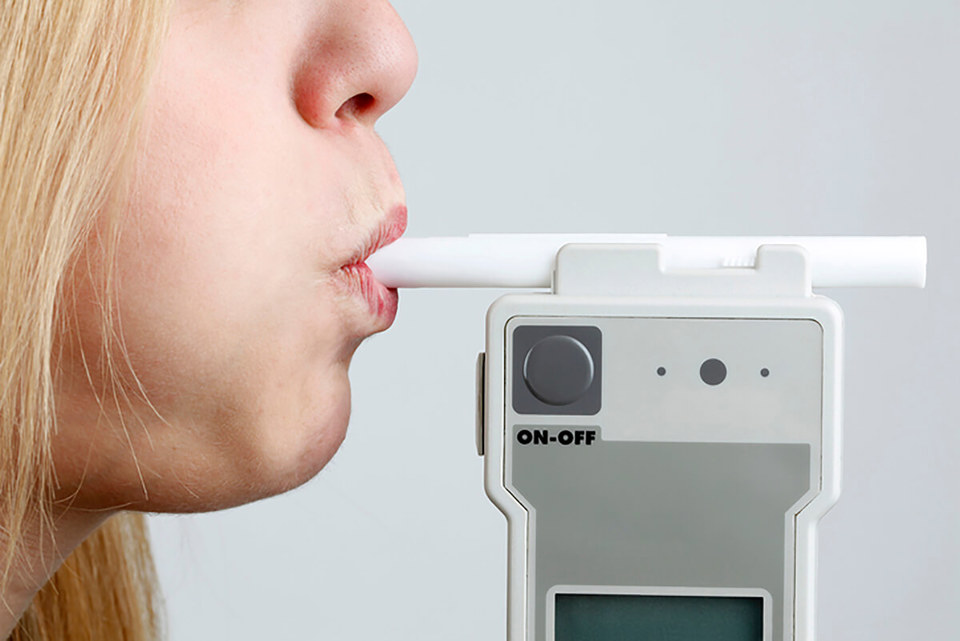The North report on drink and drug driving commissioned by the Department for Transport has today recommended that the UK drink drive limit be cut to 50mg alcohol per 100ml blood, the maximum limit recommended by the European Commission. The current limit is 80mg per 100ml blood.
Brake is bitterly disappointed by this recommendation, which would still leave the public in confusion over ‘how much is too much’. In reality, even one drink impairs driving and it’s impossible to know if that drink would put you over the limit. Research by Brake and Direct Line clearly shows that the public want the message to be clear to all drivers – not a drop!
More than half of drivers (55%) support Brake and Direct Line’s calls for a zero tolerance approach to drink driving. This means a limit of 20mg alcohol per 100ml blood or lower – an effective ban on drinking any alcohol before getting behind the wheel, which would support the Government’s THINK! campaign message, ‘Don’t drink and drive’.
Brake gave evidence to Sir Peter North as part of the review and made the following recommendations, backed up by solid and independent academic research. Brake called for:
- The drink-drive limit to be cut to 20mg/100ml blood or lower.
- A new law making it an offence to drive on illegal drugs without having to test for impairment.
- Random, targeted, and ‘blanket’ testing for drink and drug driving, with more resources for traffic policing, ensuring sufficient numbers of officers to carry out a significantly higher number of tests.
- Type-approval for roadside drug testing devices, such as those already used by the police in Germany, Australia and Finland.
- Mandatory alcolocks, for repeat drink-drive offenders, which requires them to pass a breath test before they can start their engine.
- Life-long driving bans for drink and drug drivers who have killed or maimed.
- Compulsory road safety education, delivered in schools, to 11-16 year olds outlining the horrific consequences of drink and drug driving.
- Reducing the drink-drive limit to 50 mg of alcohol per 100ml of blood – Sir Peter acknowledges that there is a case for a reduction to 20mg/ 100ml, which, he says, would be wholly consistent with a policy of “Do not drink and drive”. He believes there is considerable public support for a 50mg limit, but warns that a 20mg/ 100ml limit could risk the loss of public support for tougher measures for drink drivers.
- Reviewing the impact of the new 50mg limit on young and novice drivers after five years. If the new limit has not resulted in the anticipated casualty reductions among young and novice drivers, consider introducing a limit of 20mg/ 100ml for these drivers.
- Keeping penalties for drink-driving at current levels (a minimum 12-month disqualification and band C fine). Sir Peter argues that although this would give Britain relatively tough penalties for a country with a 50mg limit ‘the threat of a substantial period of mandatory disqualification has proved to be a potent weapon in combating drink driving.’
- Routine consideration by magistrates of permanent disqualification for repeat offenders.
- More police powers to enable random and blanket breath-tests.
- Increasing the number of police officers trained in Field Impairment Tests (FIT), with forces routinely carrying out FIT tests in all cases of suspected impaired driving.
- A five-stage approach to developing better ways of detecting and dealing with drug driving:
- Reducing the time between the suspicion of impaired driving and the taking of blood for testing.
- Type-approving reliable devices for drugs screening in the relatively controlled environment of the police station (within two years).
- Introducing a new specific offence of driving with certain controlled drugs in the blood (at levels deemed to be impairing, or if this proves scientifically impossible, for any level of these drugs), with drug screening in police stations.
- Continued work to enable type-approving of drugs screening devices for use at the roadside.
- Developing an evidential drugs testing kit, initially for use in police stations and ultimately for use at the roadside.
- Better information on impairment of over-the-counter medicines, including clearer advice related to driving.
- Making the combination of alcohol and drugs an ‘aggravating factor’ in sentencing.

















Login to comment
Comments
No comments have been made yet.